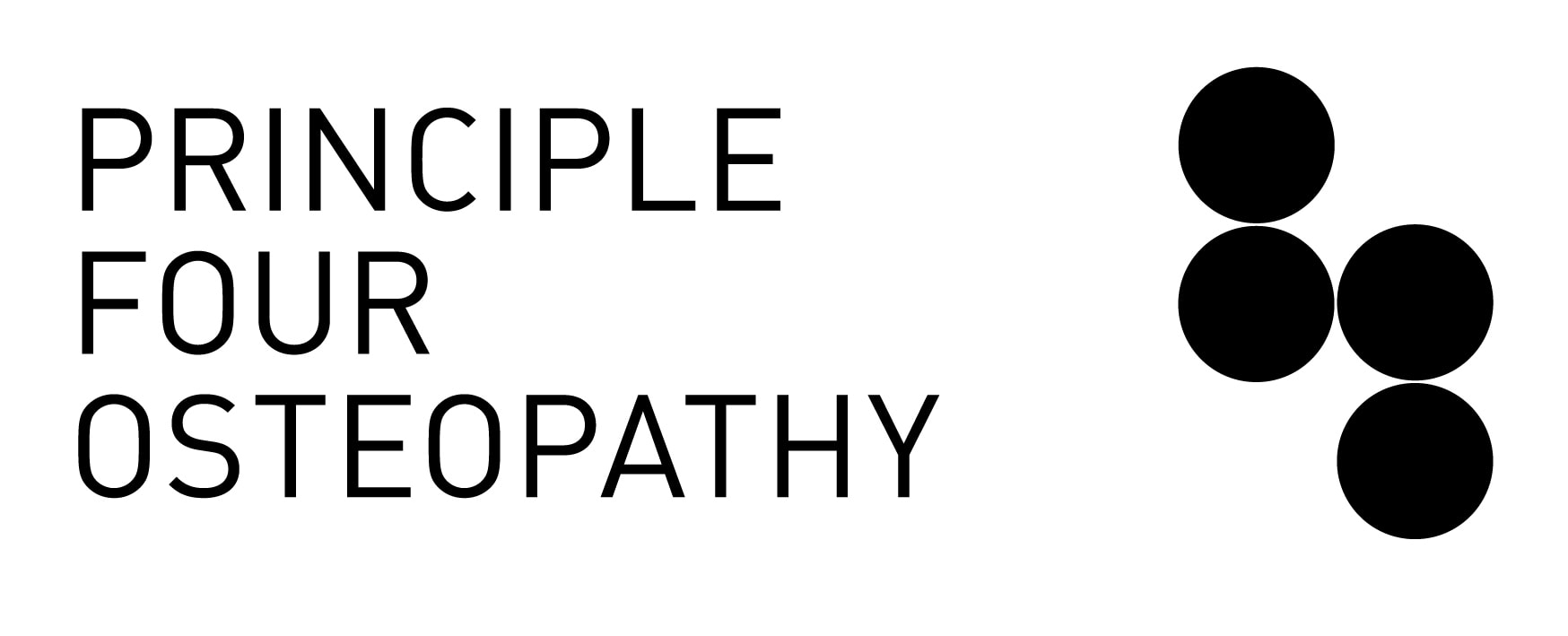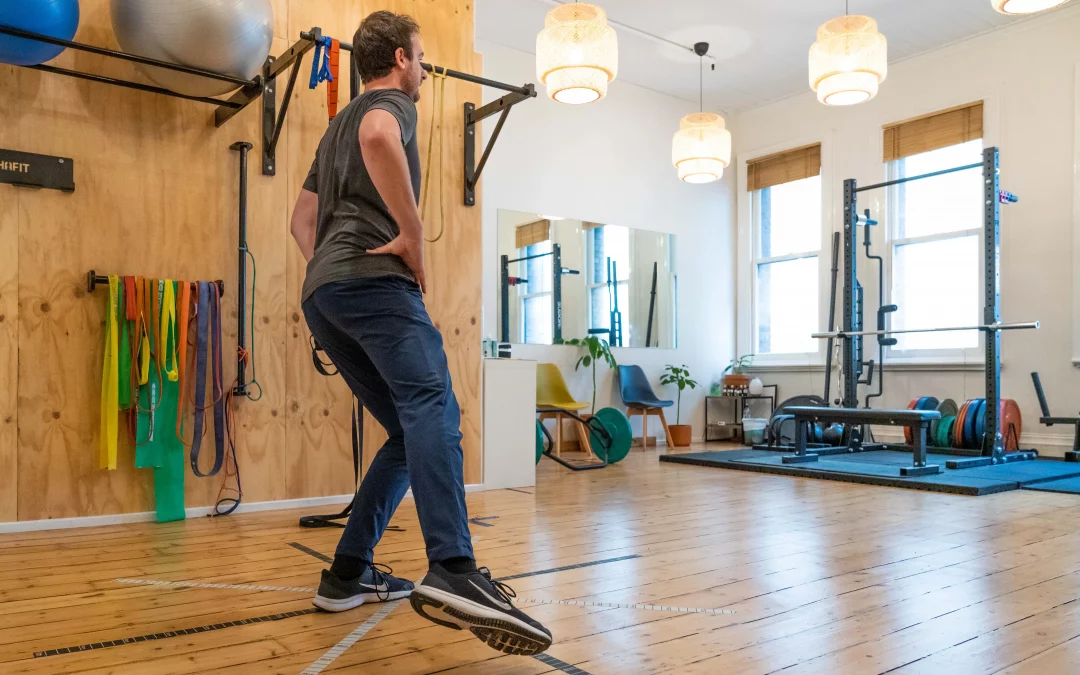Can Osteopaths Help a Client With an Ankle Sprain?
Table of Contents
- Introduction
- Understanding Ankle Sprains 2.1 Types of Ankle Sprains
- How Osteopaths Treat Ankle Sprains 3.1 Manual Therapy for Acute and Chronic Sprains 3.2 Exercise Rehabilitation for Stability and Function 3.3 Strength & Conditioning for Return to Activity
- Addressing Contributing Factors
- Ankle Sprain Recovery: What to Expect
- Why Choose Principle Four Osteopathy in Melbourne CBD?
- FAQs About Osteopathy for Ankle Sprains 7.1 When should I see an osteopath after a sprain? 7.2 Can osteopaths help with old or recurring ankle sprains? 7.3 Do I need imaging before treatment? 7.4 Can I continue to walk or train with a sprain?
- Author
Introduction
Ankle sprains are one of the most common musculoskeletal injuries, especially among active individuals. But even mild sprains can lead to chronic instability, stiffness, or recurring pain if not treated properly.
At Principle Four Osteopathy in Melbourne CBD, our osteopaths are trained to assess, treat, and guide your recovery from ankle sprains—whether it’s a fresh injury or a long-standing issue that’s holding you back.
Understanding Ankle Sprains
An ankle sprain occurs when the ligaments that support the joint are stretched or torn, usually due to sudden twisting, rolling, or impact.
2.1 Types of Ankle Sprains
- Lateral (inversion) sprains – most common, affecting the outer ankle ligaments
- Medial (eversion) sprains – less common, involving the inner ankle
- High ankle sprains – involve ligaments above the ankle, between the tibia and fibula, often seen in athletes
How Osteopaths Treat Ankle Sprains
3.1 Manual Therapy for Acute and Chronic Sprains
Osteopaths use gentle, hands-on techniques to:
- Reduce swelling and inflammation
- Improve ankle mobility and alignment
- Address compensatory tension in the foot, calf, and hip
- Encourage lymphatic drainage and healing
As the injury progresses, more advanced manual therapy can help address scar tissue, joint stiffness, or persistent instability.
3.2 Exercise Rehabilitation for Stability and Function
Rehab is crucial for full recovery and preventing reinjury. We tailor exercises to:
- Restore ankle range of motion
- Rebuild proprioception (joint awareness and balance)
- Activate key stabilising muscles in the lower limb
- Progress to weight-bearing and functional tasks
3.3 Strength & Conditioning for Return to Activity
Our osteopaths apply principles of strength and conditioning to help you safely return to walking, running, or sport. This includes:
- Calf and foot strengthening
- Hopping, landing and agility drills
- Progressive loading to build resilience
Addressing Contributing Factors
We don’t just treat the ankle—we look at the whole body. Many ankle sprains occur or recur due to:
- Poor hip or knee control
- Limited ankle dorsiflexion
- Foot posture or footwear issues
- Previous unaddressed injuries
Your osteopath may also assess your gait, gym movements, or workplace setup to uncover potential contributors.
Ankle Sprain Recovery: What to Expect
Recovery times vary depending on severity:
- Grade 1 sprain – mild, usually resolves within 1–3 weeks
- Grade 2 sprain – moderate, typically requires 3–6 weeks of rehab
- Grade 3 sprain – severe, may need 6+ weeks and coordinated care
Our goal is not just short-term recovery, but long-term function and confidence.
Why Choose Principle Four Osteopathy in Melbourne CBD?
We offer:
- Expert diagnosis and evidence-based treatment
- Manual therapy integrated with rehab and movement planning
- Strength-focused return-to-sport programs
- A whole-body approach tailored to your activity and goals
Located in Level 4, 178 Collins Street, our clinic is easily accessible for city-based professionals, students, and athletes.
FAQs About Osteopathy for Ankle Sprains
When should I see an osteopath after a sprain?
As soon as pain and swelling allow. Early intervention can reduce complications and improve recovery outcomes.
Can osteopaths help with old or recurring ankle sprains?
Yes. We often work with clients who have chronic instability or stiffness following past injuries.
Do I need imaging before treatment?
Not necessarily. Your osteopath can assess the need for imaging during your consultation. Severe or persistent symptoms may warrant a referral.
Can I continue to walk or train with a sprain?
In many cases, yes—with modifications. We’ll guide you on safe movement and load management based on your injury stage.
Author
Heath Williams
Principal Osteopath | Rehab & Strength Coach | Workplace Health Consultant
With 15+ years of clinical experience, Heath supports clients with acute and chronic ankle injuries through manual therapy, rehab progression, and strength-based recovery plans.
Internal Links:
Meta Description: Sprained your ankle? Learn how Melbourne CBD osteopaths at Principle Four treat ankle sprains with manual therapy, rehab, and strength programs to restore stability.
Page URL: www.principle4.com.au/blog/osteopathy-for-ankle-sprains


